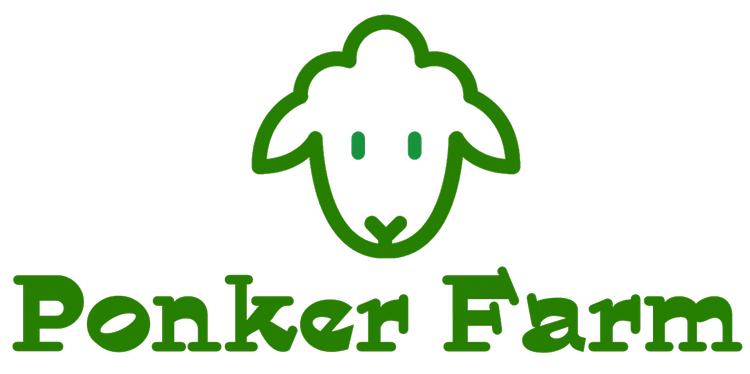Parasite resistance has been a major issue of late, especially the barber pole worm (Haemonchus contortus). A multipronged approach works best for managing this devastating parasite. Pasture rotation, not allowing the grass to be grazed below four inches, and regular FAMACHA checks are baseline rules for managing this parasite. When a sheep or lamb starts recording higher FAMACHA scores, it's time to address the issue before clinical signs of anemia are noticeable.
Using multiple deworming products is a good approach. Parasite resistance to the dewormers available in the USA is widespread.
Most deworming products used produce some resistant worms. These resistant parasites breed with a nonresistant parasite to produce resistant offspring. And so the cycle continues until the product isn't effective at clearing the parasites from the sheep.
One product, levamisole hydrochloride (Prohibit), has a unique character. When a resistant parasite breeds with a nonresistant parasite, nonresistant offspring result. This makes it important to always have non-treated animals in the same pasture as the treated animals to ensure the breeding parasites are continuing to produce nonresistant offspring.
A new product on the market is BioWorma. It contains a fungus that consumes the worm larvae on pasture. It doesn't kill parasites already infecting the animals, only the pasture infection is affected.
The spring of 2019 Ponker Farm started using BioWorma and continued for four months. Lambs grew faster, less parasite loads based of FAMACHA scores for the entire flock, and less deworming chemicals were used overall. BioWorma is expensive and has palatability issues in some flocks. Feeding BioWorma also means feeding some grain to deliver the product. Reviews are mixed but Ponker Farm has had success and will invest in the product again next year primarily for lambing and the first four months of life for the lambs.
By using BioWorma, Prohibit as needed, FAMACHA, pasture rotation, and vigilant assessment of every sheep and lamb, parasites are manageable. The most important factor is to be aware of the potential for losses and recognize early signs of susceptibility. Those lambs that require frequent anthelmintic dosing should not be bred nor sold as breeding stock. Responsible stewardship begins with us, the breeders.




